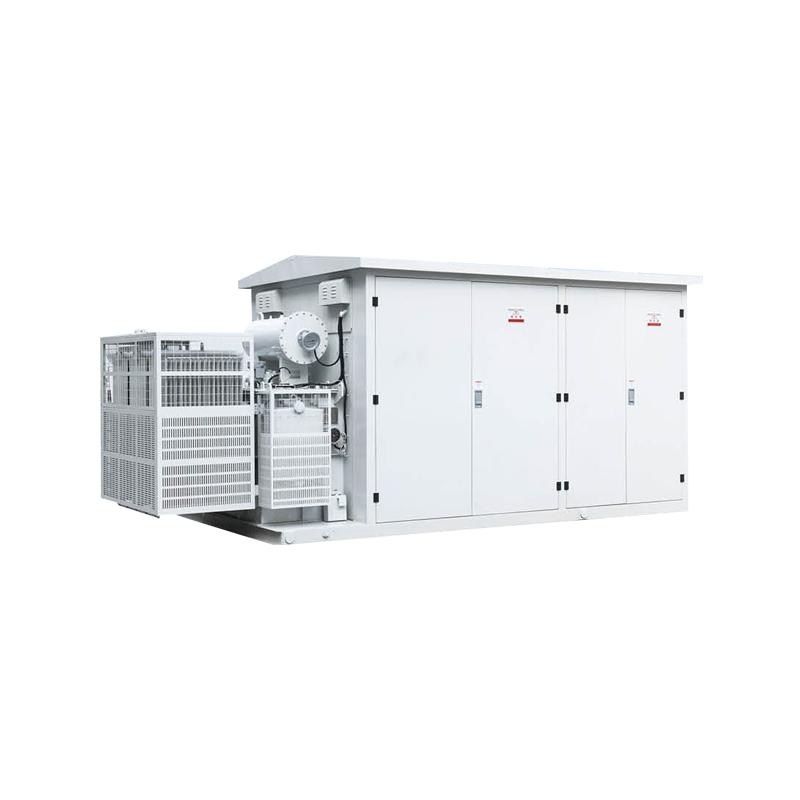Industry News
Integrated Photovoltaic Inverter everyday power management in home solar systems
In household solar systems the Integrated Photovoltaic Inverter plays a key role in translating panel output into usable power and shaping daily energy experience. When a rooftop solar array meets a modern inverter solution the entire home power structure shifts toward efficiency, reliability and user comfort.

Integrated Photovoltaic Inverter home efficiency improvements
In a typical residential installation the inverter conversion efficiency climbs from around 90 % in older models to 96–97 % in recent integrated systems. For example if solar modules generate 5 kW DC at midday a 96 % efficient inverter yields about 4.8 kW AC usable power. That means the household taps nearly 290 kW per year more than older 90 % solutions (assuming 300 days of strong sun). The question arises: can a homeowner measure that extra 290 kW in lower bills and higher self‑consumption? Studies suggest yes, and real‑life data shows an average saving of perhaps USD 150‑USD 200 annually per kW extra yield.
Integrated Photovoltaic Inverter real‑world performance and user feedback
Users often report improved response during power fluctuations and smoother electronics performance. In one scenario a smart home connected to an integrated inverter switched from grid during a midday surge and returned to grid in less than 200 ms, avoiding appliance trips. Many users highlight fewer faults, and many systems show a reported fault rate under 0.5 % per year compared to older setups with 1–2 %. In terms of user satisfaction a parallel can be drawn: the inverter behaves like a disciplined guard in the energy house rather than a hesitant gatekeeper.
Integrated Photovoltaic Inverter comparison to traditional inverter setups
Compared to traditional separate inverter plus external optimiser systems the integrated design often reduces wiring losses by about 0.8–1.2 %. If an old system loses 2.5 % of generated energy in wiring and mismatches a new integrated system may only lose 1.3 %. Over an array sized 10 kW that difference equates to perhaps 120–140 kWh per year more energy. In simpler words: a car that used to run at 22 miles per gallon now does 25 mpg on the same fuel—small gain but meaningful over miles.
Integrated Photovoltaic Inverter future usage scenarios in smart homes
In many homes the integrated inverter is becoming part of a larger energy ecosystem: solar, battery, EV charger and home‑automation all tied together. Imagine an inverter that shifts its priority: power home loads first, then charge battery, then export surplus, all in milliseconds. In this scenario homeowners report switching off grid power during peak pricing periods and reducing import by 20–30 %. For instance a household that imported 1 200 kWh per year might lower that to 900 kWh—a 25 % improvement. The integrated inverter becomes the nerve centre of energy coordination, not just a converter.
Conclusion Integrated Photovoltaic Inverter outlook for daily life
In daily life the Integrated Photovoltaic Inverter turns raw solar energy into reliable home electricity, moves households toward independence and offers better performance than older setups. Homeowners who invest in systems built around this inverter approach see the difference in monthly bills, system stability and long‑term value. Integrated Photovoltaic Inverter usage in real homes signals a new chapter for solar adoption and consumer empowerment.
Next
Liquid Cooled Temperature Control System: Advances, Applications, and Safety Considerations
<p><strong style="font-weight: bold;">Introduction</strong></p> &l...
View MoreNews Center
- PRODUCTS
- New Energy Power Distribution Equipment
- Box Type Substation
- Cable Branch Box/Switch Station
- High Voltage Switchgear
- Low Voltage Switchgear
- Engineering Vacuum Circuit Breaker
- New Energy Vehicle Floor Charging Pile
- Commercial Energy Storage
- Photovoltaic Complete Box
- High Voltage Arrester
- INFORMATION
-
-
Phone+86-13868788848
+86-13356188725 -
Tel+86-0577-88810567
-
E-mail
-
AddNo. 59, Youyi Road, Xinguang Industrial Zone, Liushi Town, Yueqing City, Zhejiang, China
-
- ENQUIRE WITH US
Photovoltaic Module Manufacturer




 English
English  中文简体
中文简体  русский
русский  Español
Español  عربى
عربى 


